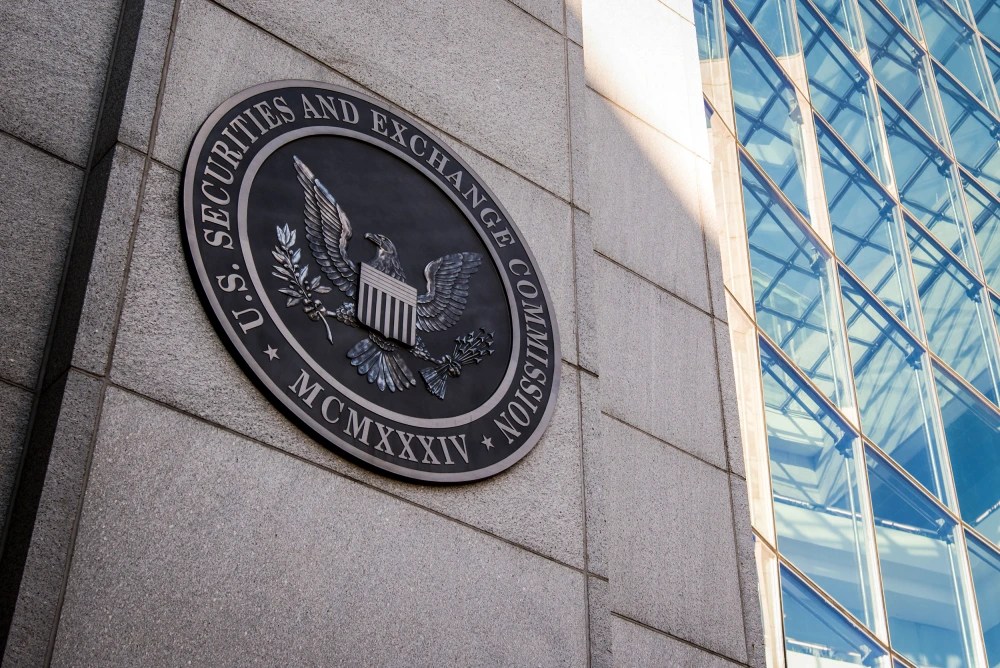In recent times, the realm of cryptocurrency has seen significant regulatory shifts, especially in the United States. Among these changes, the conclusion of the Securities and Exchange Commission’s (SEC) investigation into PayPal’s stablecoin marks a notable development. As regulatory bodies adjust their stance and legislation develops, the implications for both companies and investors are profound. Understanding these regulatory trends is crucial for anyone involved in the crypto market, as compliance and legal frameworks can significantly impact investment strategies and market dynamics.
The SEC’s Conclusion of PayPal’s Stablecoin Investigation: What It Means for Crypto Regulation
As the crypto industry continues to evolve, PayPal recently announced that the SEC has ended its 16-month investigation into its stablecoin, PYUSD, without any enforcement action. This announcement, detailed in PayPal’s quarterly 10-Q filing, signals a potentially positive shift in the regulatory landscape for digital currencies. In November 2023, the SEC had subpoenaed PayPal for various documents as part of its inquiry into PYUSD. The development indicates a softening stance from the regulatory body, as they have been seen closing numerous crypto-related cases, largely due to efforts by the newly formed Crypto Task Force led by Commissioner Hester Peirce.
The Role of the Crypto Task Force
Established in January, the Crypto Task Force aims to create a coherent regulatory framework for digital assets. Since its inception, the SEC has paused legal proceedings against several major crypto exchanges and dismissed lawsuits involving companies such as Coinbase and Kraken. This new approach is likely a response to the growing recognition that digital assets require specialized regulations that support innovation while ensuring investor protection.
Momentum for Stablecoin Regulation
The closure of the PayPal investigation aligns with a broader trend of increased focus on establishing clear stablecoin regulations in the United States. Lawmakers are proactively crafting legislation, such as the Strategic Bitcoin Reserve (SBR) bills and the Guiding and Establishing National Innovation for US Stablecoins (GENIUS) Act. These efforts aim to provide a regulatory framework that fosters growth and innovation in the crypto sector. The GENIUS Act, in particular, intends to bring stablecoins like USDT and USDC under the regulatory domain of the Federal Reserve, promising a safe and growth-oriented environment for the development of digital currencies.
Impact on the Crypto Market
This evolving regulatory environment is critical for investors to monitor. Compliance with new laws could shape market dynamics, while the prospect of a regulated market might enhance credibility and attract institutional investors. Combined with the SEC’s revised strategies, these efforts by both the government and financial institutions could solidify the United States’ position as a leader in the global crypto economy.
Is the SEC easing its stance on cryptocurrency?
Yes, the SEC appears to be adopting a more measured approach towards cryptocurrency regulation. This shift is evidenced by recent case closures and the formation of the Crypto Task Force, signifying a move towards structured regulation rather than enforcement-led actions.
What implications does the GENIUS Act have for stablecoins?
The GENIUS Act aims to introduce a regulatory framework for stablecoins, allowing them to come under Federal Reserve oversight. This could lead to increased stability and legitimacy for stablecoins, encouraging broader adoption and integration into the financial system.
How might PayPal’s stablecoin benefit from the SEC’s decision?
With the SEC ending its investigation without enforcement, PayPal could experience heightened confidence from investors and users. This decision may allow the company to focus on expanding and innovating its stablecoin offerings without legal uncertainties.
What are the potential long-term effects of stablecoin regulation?
Proper regulation could enhance market confidence, reduce volatility, and increase investor protection in the stablecoin sector. Over time, this might lead to greater integration of stablecoins in traditional financial systems and boost their use in global commerce.
Ensuring transparency and a comprehensive understanding of these developments is essential for those navigating the cryptocurrency landscape. As regulations become clearer, the potential for innovation grows, making it an exciting time for stakeholders committed to exploring digital finance’s future.

